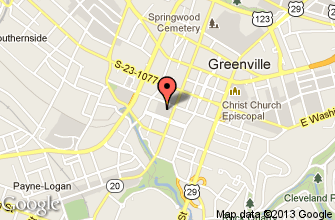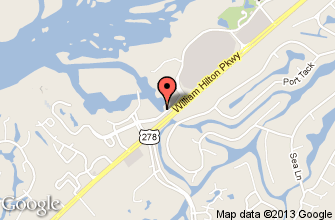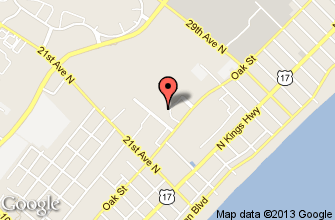News Room
PrintOpportunity Zone Regulations: First ImpressionsGeorge E. Morrison
October
22, 2018
After months of eager anticipation, today the Department of the Treasury released regulations defining and refining certain requirements set forth in the “Opportunity Zone” law.
While the Opportunity Zone statute provided a framework for tax-deferred investments, most projects have been on hold pending the regulatory framework. The regulations released today answer many questions, while others remain unaddressed. According to today’s release, more guidance will be forthcoming by the end of the year.
Some highlights of the proposed regulations include:
Substantial Improvement
The basis attributable to land on which a building sits is not taken into account in determining whether the building has been substantially improved. Whether this exclusion is meaningful, for purposes of reducing the amount of investment required for redevelopments such as affordable multi-family housing, remains to be seen. This will also require buyers and sellers to thoughtfully allocate purchase price among land and buildings.“Reverse” Opportunity Zone Investments
The regulations do not provide a mechanism for a taxpayer to acquire an interest in a qualified opportunity fund through an intermediary and then subsequently make its qualifying investment from deferred gain.
Investment Dispositions and Replacements
If a taxpayer disposes of a qualified opportunity fund interest, the regulations allow the taxpayer to sell all, but not some of that interest, and reinvest the gain in a new qualifying investment and continue to defer their gain.
“Substantially all” Requirement
For purposes of satisfying the requirement that “substantially all” of a qualified opportunity zone business’s leased and owned tangible property be qualified opportunity zone business property, the regulations propose that at least 70% of such tangible property be qualified opportunity zone business property.
Allocated Capital Gain
The regulations clarify that only capital gains are eligible for deferral. The regulations do provide that for pass-through entities, both the entities and the taxpayers to whom the entities pass through income are eligible to defer gain. The partner’s 180-day period generally begins on the last day of the partnership’s taxable year, but the partner in some instances may be able to elect the date of the partnership’s gain (i.e., the date of sale) to commence its 180-day period.
Post-10 Year Gain Exclusion
The statutory expiration date of the designated qualified opportunity zones is December 31, 2028. Proposed Regulation 1.1400Z-2(c)(1) continues to allow the 10-year gain exclusion for interests acquired after 2018, provided the disposition of the investment occurs prior to January 1, 2048.
Self-certification
Echoing the FAQs issued by the IRS earlier this year, the regulations provide that a qualified opportunity fund may self-certify, which certification (i) must identify the first taxable year that the eligible entity wants to be a QOF, and (ii) may identify the first month (in that initial taxable year) in which the eligible entity wants to be a QOF. If the self-certification does not specify the month, then the first month of the eligible entity’s initial taxable year as a QOF is the first month that the eligible entity is a QOF. Pre-existing entities may qualify, but the eligible entity must satisfy all of the requirements of section 1400Z-2 and the regulations thereunder, including the requirements regarding qualified opportunity zone property being acquired after December 31, 2017.
Form
Newly-promulgated Form 8996 allows each fund to certify that is it organized to invest in qualified opportunity zone property, and must also be filed annually to certify that the fund meets the investment standards of the statute, or to calculate the penalty for failure to meet the standards. This form will be available shortly at www.irs.gov/draftforms.
Effective Date
The regulations are effective once they have been adopted as final regulations, but provide that eligible taxpayers “may rely on the proposed rules in this section with respect to investments, and deemed contributions, before the date of applicability of this section, but only if the taxpayer applies the rules in their entirety and in a consistent manner.”
The proposed regulations are silent as to reporting and establishing community impacts, leaving it up to state and local governments to fill the gaps in the federal law with their own opportunity zone-focused programs.
The release may be found at https://home.treasury.gov/news/press-releases/sm530.




















